The Galápagos Islands are a mesmerizing archipelago that cradles the secrets of evolution amidst landscapes so vividly painted that they seem to transcend reality.
The Wonder
Nestled in the Pacific Ocean, approximately 600 miles off the coast of Ecuador, the Galápagos Islands are a true testament to the marvels of evolution and a haven for nature enthusiasts.
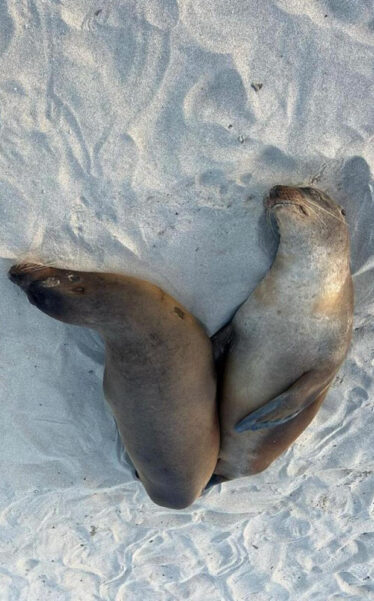
This archipelago of volcanic islands, known for its unique biodiversity and pristine landscapes, played a pivotal role in shaping Charles Darwin’s groundbreaking theory of evolution.
Today, the Galápagos Islands continue to captivate travelers with their diverse wildlife, otherworldly landscapes, and commitment to conservation.
It consists of 21 main islands, along with numerous smaller islets and rocks. These islands are located in the Pacific Ocean, approximately 1,000 kilometers (620 miles) off the coast of Ecuador, in South America.
The islands are situated at the confluence of three major tectonic plates, creating an environment that has given rise to a remarkable variety of species.
Each island boasts its distinct geology, contributing to the archipelago’s extraordinary ecological diversity.
But, what makes the Galápagos truly unique is its unparalleled biodiversity.
The isolation of the islands allowed for the development of endemic species found nowhere else on Earth.
So, the people that visit can witness the iconic giant tortoises, marine iguanas, and blue-footed boobies, among countless other species.
Some of the most famous species found in the Galápagos include:
Giant Tortoises (Chelonoidis spp.): Perhaps the most emblematic of Galápagos wildlife, these massive reptiles are the largest tortoises in the world. They can weigh up to 900 pounds and have distinctive shell shapes adapted to their respective islands.
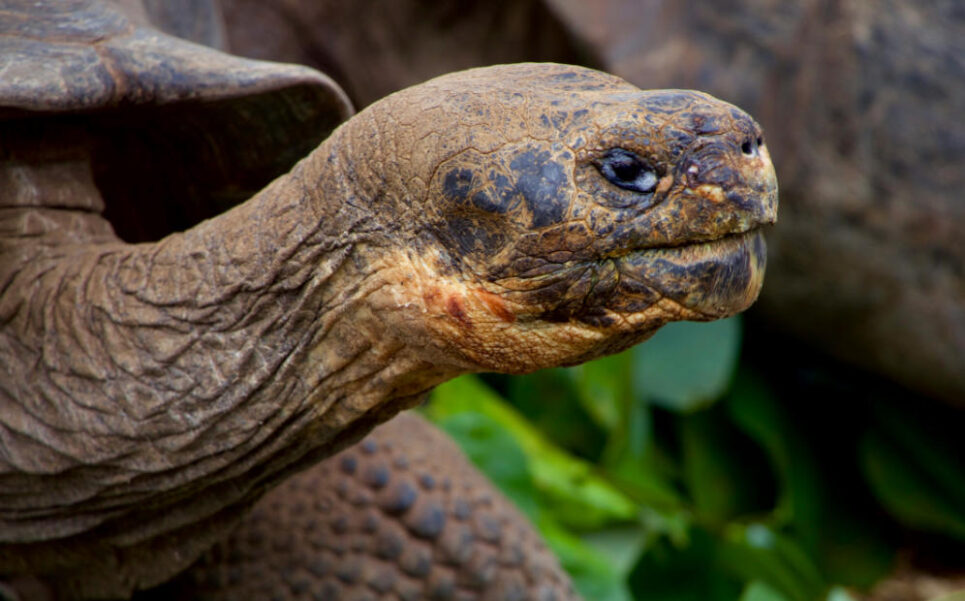
Marine Iguanas (Amblyrhynchus cristatus): These unique reptiles are the only iguanas in the world that forage in the sea.
Blue-footed Boobies (Sula nebouxii): Known for their striking blue feet, these seabirds are famous for their elaborate courtship displays, which involve intricate dances and sky-pointing rituals.
Galápagos Penguins (Spheniscus mendiculus): The only penguin species found north of the equator, Galápagos penguins are well-adapted to the warm waters of the archipelago.
Flightless Cormorants (Phalacrocorax harrisi): Endemic to the Galápagos Islands, these cormorants have evolved into flightless species due to the absence of natural predators.
Galápagos Sea Lions (Zalophus wollebaeki): These charismatic marine mammals are a common sight along the rocky shores and sandy beaches of the Galápagos.
Darwin’s Finches (Geospizinae): These small passerine birds are famous for their remarkable diversity of beak shapes and sizes, which reflect adaptations to different diets and environmental conditions. Darwin’s finches played a crucial role in shaping Charles Darwin’s theory of evolution by natural selection.
A pivotal role
The Galápagos Islands played a pivotal role in shaping Charles Darwin’s theory of evolution.
The theory proposes the following key concepts:
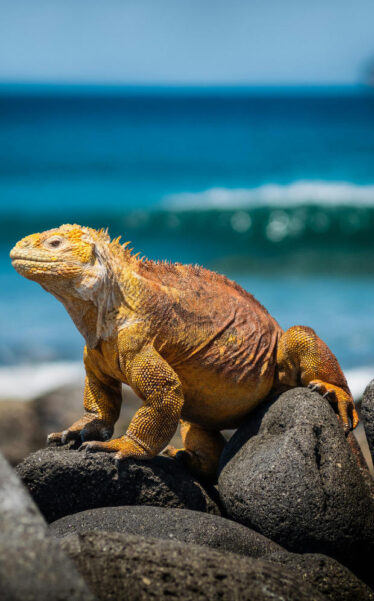
1. All species of organisms have descended over time from common ancestors through a process of gradual change. This concept suggests that species undergo modifications over successive generations, leading to the diversity of life forms observed today.
2. Natural selection. This means that individuals with traits that are better adapted to their environment are more likely to survive and reproduce.
3. There is variation in traits among individuals. Some of this variation is heritable, meaning it can be passed on to offspring.
4. Evolutionary change occurs gradually over long periods, rather than through sudden, dramatic events.
5. All living organisms share a common ancestry.
Darwin’s theory of evolution by natural selection revolutionized our understanding of the natural world and has become the foundation of modern biology.
One of the key insights Darwin gained from his time in the Galápagos was the concept of adaptive radiation. Adaptive radiation is the process by which a single ancestral species diversifies into multiple species, each adapted to different ecological niches.
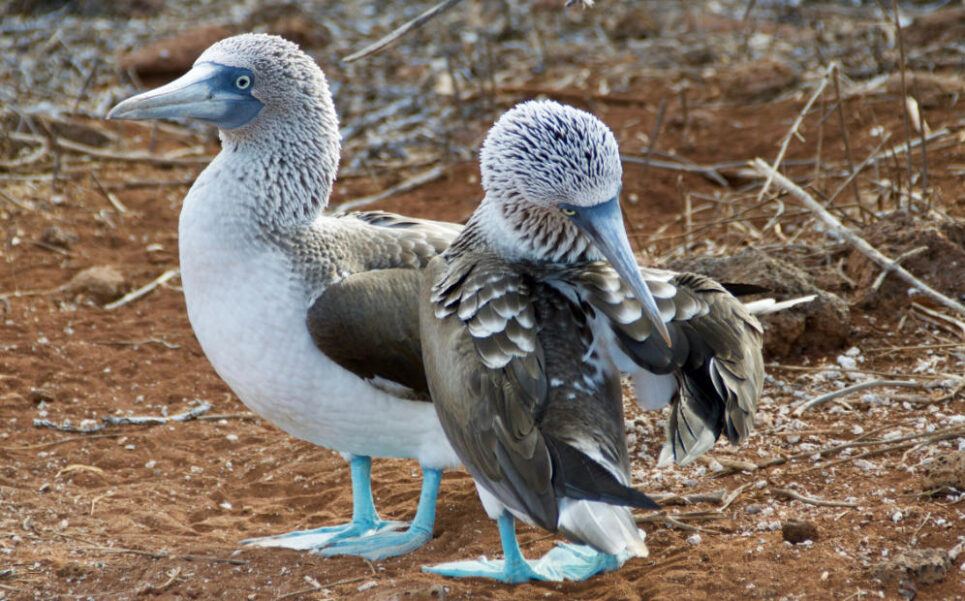
He observed distinct variations in the morphology and behavior of species across the islands, particularly among the famous Galápagos finches.
Recognizing the fragility of this unique ecosystem, the Ecuadorian government, in collaboration with various conservation organizations, has implemented strict regulations to preserve the Galápagos Islands.
The islands were declared a national park in 1959, and in 1986, they were designated a UNESCO World Heritage Site. Visitors are subject to strict guidelines to minimize their impact on the environment, ensuring the islands’ long-term sustainability.
Activities for Visitors
For those fortunate enough to explore the Galápagos Islands, a myriad of activities await.
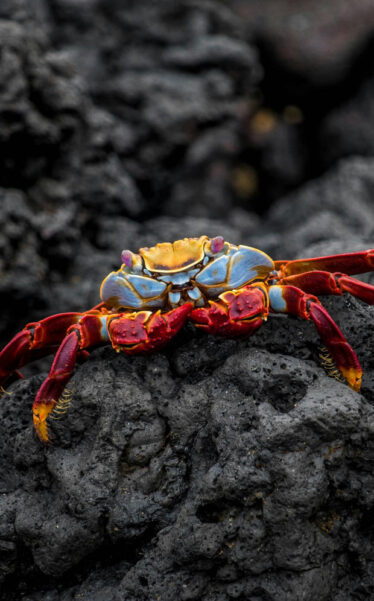
Snorkeling with playful sea lions, diving with vibrant marine life, and hiking through otherworldly landscapes are just a few of the experiences that await adventurous travelers.
There are several guided tours led by knowledgeable naturalists that provide insights into the islands’ ecology, history, and ongoing conservation efforts.
A magnificent way to explore the coastal beauty of the islands is by paddling through calm bays and mangrove-lined shores. Kayaking and paddleboarding provide an intimate and serene way to discover hidden coves, observe marine life, and enjoy the tranquil waters.
There are 21 islands in the archipelago. This means that each one has its unique charm and distinct ecosystems.
Therefore, island hopping allows visitors to witness the diverse landscapes, wildlife, and geological formations present on each island.
The Galápagos Islands are home to over 50 bird species, many of which are endemic. Birdwatchers can delight in observing magnificent frigatebirds, waved albatrosses, and Galápagos penguins, among others.
The underwater realm around the archipelago is a vibrant marine paradise.
It is possible to snorkel with sea lions, turtles, and tropical fish, or take a plunge into deeper waters for a diving adventure. Experienced divers can explore underwater caves, and walls, and encounter larger marine species like hammerhead sharks and manta rays.

A great activity (in my opinion) is to do a photography tour. Nothing beats capturing stunning landscapes and unique wildlife. through a photography tour.
The Galápagos Islands offer a unique and diverse experience throughout the year, so the best time to visit depends on your preferences for weather, wildlife encounters, and specific activities.
Protecting the islands
The government of Ecuador has implemented various measures to protect this unique and ecologically significant archipelago.
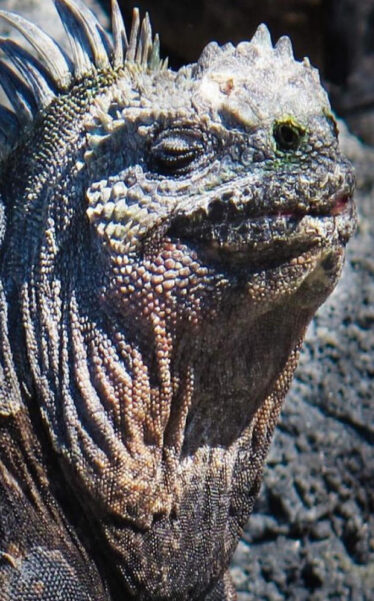
These measures aim to preserve the island’s fragile ecosystems, endemic species, and natural beauty for future generations.
The Ecuadorian government has implemented strict regulations governing human activities in the Galápagos Islands. These regulations include limits on the number of visitors allowed to visit certain sites, designated visitor sites and trails to minimize disturbance to wildlife, and guidelines for responsible tourism activities such as snorkeling, diving, and wildlife viewing.
To prevent the introduction of invasive species that could harm native flora and fauna, the government enforces stringent biosecurity measures for visitors and residents alike. These measures include inspections of luggage and cargo, quarantine procedures for pets and plants, and restrictions on the transport of certain items to and from the islands.
The Galápagos National Park was established in 1959. It covers approximately 97% of the land area of the archipelago. It is managed by the Ecuadorian National Park Service and serves as the primary protected area for the islands’ terrestrial ecosystems. The park is home to a wide range of endemic species, including Giant Tortoises, Marine Iguanas, and Galápagos Penguins.
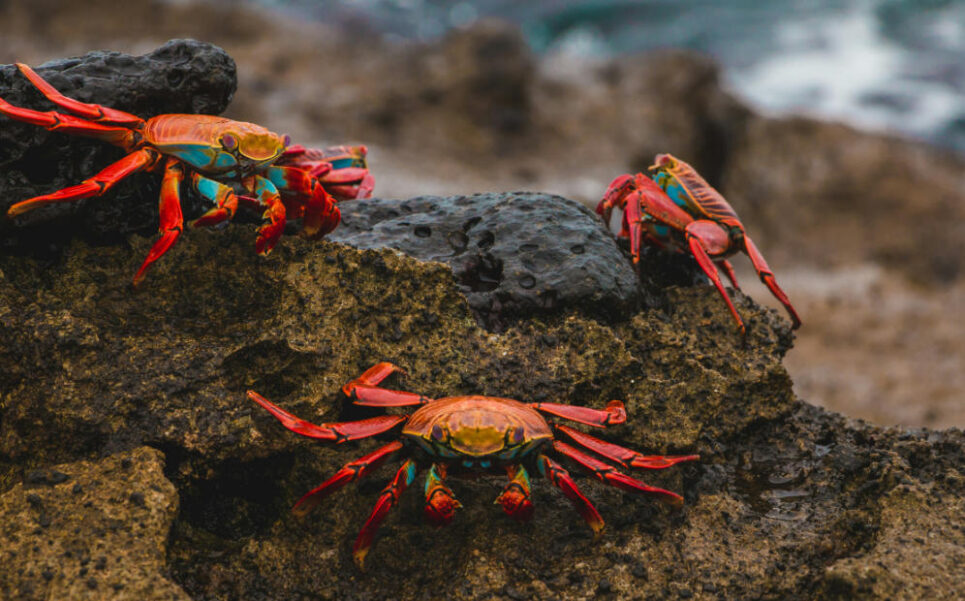
Surrounding the Galápagos Islands is the Galápagos Marine Reserve. It is one of the largest marine protected areas in the world. Established in 1998. It covers over 138,000 square kilometers (53,000 square miles) of ocean and is designed to protect the marine biodiversity and ecosystems of the archipelago. It is regulated by the Ecuadorian Ministry of Environment.
The Galápagos Islands have been designated as a UNESCO World Heritage Site since 1978. It recognizes their outstanding universal value and the need for their protection. This designation helps raise international awareness of the islands’ importance and provides additional support for conservation efforts.
Conclusion
The Galápagos Islands stand as a living testament to the wonders of our planet, offering a unique blend of evolutionary history and breathtaking natural beauty.
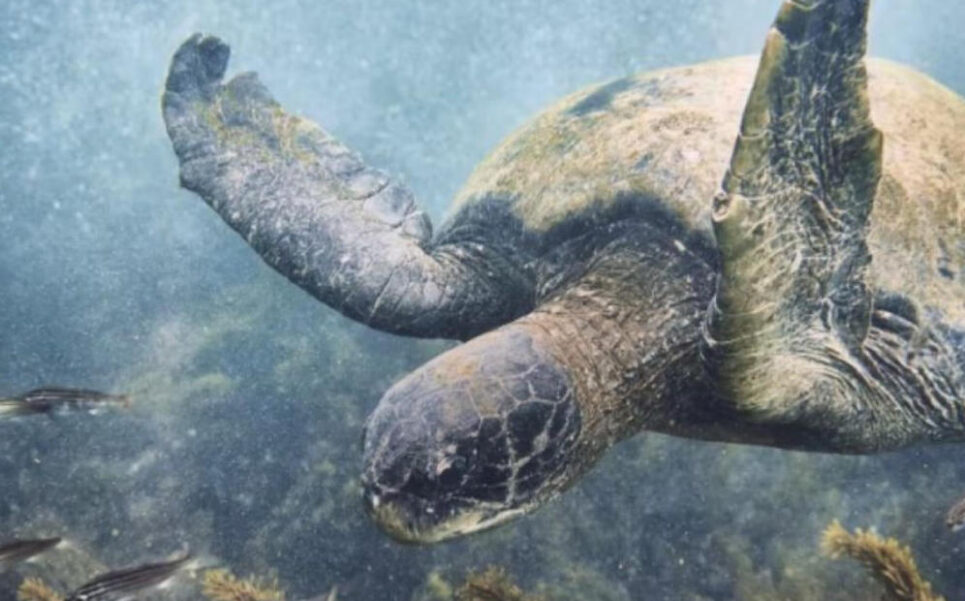
Whether you’re a seasoned naturalist or a curious traveler, the Galápagos Islands promise an unforgettable journey into a realm where nature reigns supreme. As we continue to recognize the importance of preserving our planet’s biodiversity, the Galápagos Islands serve as a beacon of inspiration and a reminder of the delicate balance that sustains life on Earth.
The Galápagos Islands are a symphony of natural wonders that resonates with the essence of our planet’s evolution. The islands offer a glimpse through time, an exploration of untouched beauty, and an immersion into the very heartbeat of the Earth.


